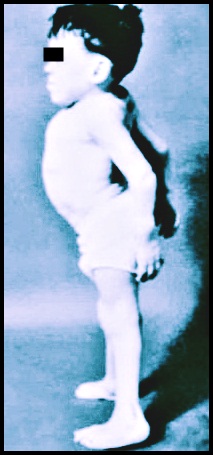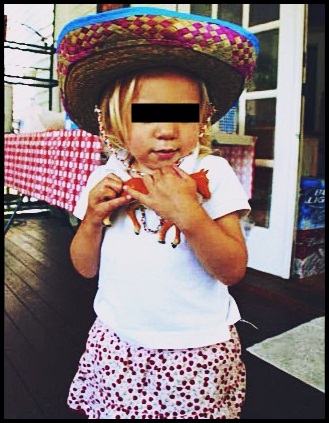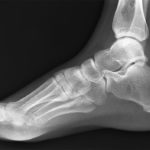Morquio syndrome is a rare hereditary birth defect that is estimated to occur in one of every 200,000 births. This disease is progressive, meaning the symptoms will worsen, as the child gets older. It is so rare that both parents must have a defective gene for there to be a chance of passing the syndrome down to the children.
Biology behind Morquio Syndrome
What distinguishes us from other people is the characteristics we take from our parents, in the form of genes. Our physical appearance all goes down to the genes we took from each of the parents. An unfortunate note is that while we are able to inherit the physical characteristics of the parents, one can also take some health problems associated with parents, including Morquio syndrome. Children with this disorder have a body that is incapable of breaking down sugar chains known as glycosaminoglycans (GAGS), which are responsible for building bones, cartilage, eye cornea, skin ligaments and other connective tissue.
The inability of the body to break down the sugar chains is attributed to the deficiency of the enzyme beta-galactosidase (Morquio B) or enzyme N-acetyl-galactosamine-6-sulfate sulfatase (Morquio A). These two forms of Morquio are usually distinguished by the gene product involved. Damage caused by lack of these enzymes can be seen in the child’s appearance, physical abilities, and organ functions.
Signs and symptoms
Morquio syndrome also known as MPS IV is hard to detect when the child is a newborn, after two to three years; however, some distinct signs will begin to reveal a problem with the child. Some of the common symptoms are scoliosis, which is the abnormal curvature of the spine. The cornea of the eyes may appear cloudy and an individual may have unusual knocked knees and unusually shaped bones. These are some of the first physical signs one will see.
Severe cases may come with the loss of nerve function from the neck below. Because of the body’s inability to break down GAGS, they may end up being deposited in various tissues and this uneven deposition is the reason why the skeleton is the most affected. Morquio A symptoms can vary from a severe bone dysplasia to the rather mild form with less bone involvement that can barely be recognized until adulthood. Despite all these physical defects, the affected persons are still able to make out what is going on, and retain their intelligence to adulthood.
Diagnosis
Morquio A is particularly progressive, with the signs getting more evident over time. Doctors can however, perform a family testing to determine whether the future children suffer the risk of having the disorder. The test typically involves the collection of fetal cells for the measurement of the N-acetylgalactosamine-6 sulfatase (GALNS) enzyme. Urine GAGS can also be measured but the results may at times come out as falsely negative.
In some patients, molecular testing may be done to confirm diagnosis. The results may not be as comprehensive since probable causative mutations may not be identified in these tests as part of the diagnostic process, however, radiological evaluation can be conducted. The findings of this evaluation could include flared ribs, short thorax, coxa valga deformity, universal platyspondyly and a short ulna. In simpler tests, the activity of the enzyme could be measured in chorionic villi or amniocytes.
Treatment and management
Morquio syndrome, as rare as it is, can adversely affect the family of the patient. The management of this condition will require a strong support system from the family and friends around, and also a lot of physiotherapy and multidisciplinary management.
On the medical side, orthopedic surgeries can be conducted to improve the overall quality of life and increase the chances of survival. As part of measures to control the disorder, doctors are encouraging prenatal identification and enzyme replacement therapy (ERT) for families that have a history of children with Morquio syndrome. Enzyme replacement therapy is one of the many treatments that can be used to manage the disorder. Other therapies and treatment methods include hematopoietic stem cell therapy (HSCT), gene therapy, substrate reduction therapy (SRT) and the use of anti-inflammatory or immunosuppressive drugs.
Morquio Syndrome Life expectancy
Morquio A disorder is a fairly serious condition, but one thing to note is that, it affects people differently. In some people, the effects may be too severe while in others it may just be a case of proper management. Some children have been found to start exhibiting symptoms as early as 6 months of age. In such cases, if treatment is not offered soon enough, it may well prove fatal for the affected child. If treated adequately, however, the affected individual can live as long as a normal person or even longer. Essentially, the lifespan will highly depend on the swiftness of seeking treatment for the affected person. So, make sure that you consult with a doctor is you suspect that a child could be having Morquio syndrome.







